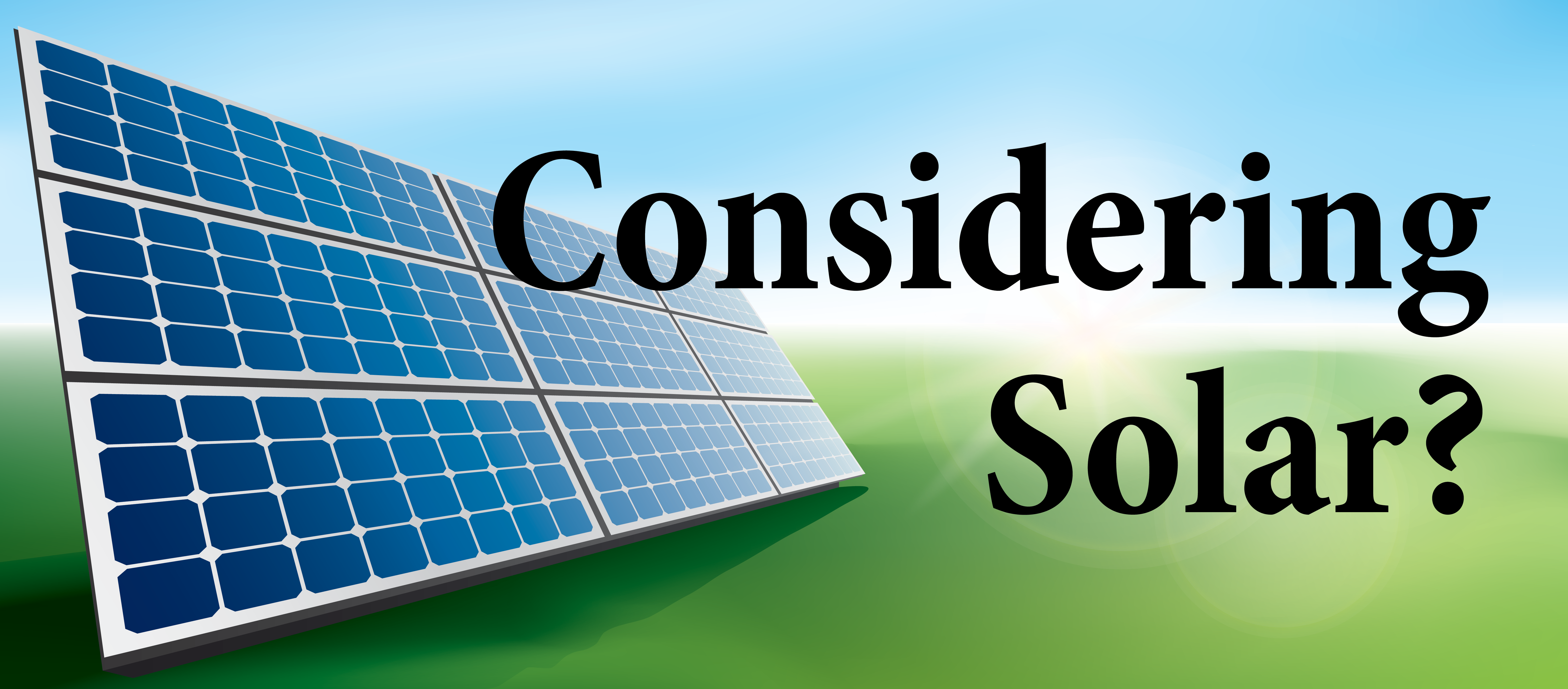
If you’re considering solar power, we’re here to help. More and more of our members are interested in pursuing home solar installations, and as your local energy partner, we want to work with you to navigate the process.
How does home solar really work?
Whether you are interested in mounting solar panels to your roof or would like to add ground-mounted solar to your property, the sunlight-to-electricity conversion process works the same:
1. During daylight hours on low-cloud days, sunlight will shine on your panels. These panels are often called photovoltaic or PV panels because they support the photovoltaic process of absorbing and converting light to electricity.
2. The newly created electricity must be converted from direct current (DC) to alternating current (AC), which is the kind of current used in the United States because it can be "stepped up" to support traveling long distances and "stepped down" to an appropriate voltage for household appliances. The conversion to alternating current occurs in a device called an inverter.
3. In most cases, the newly formed alternating current runs through your home's electrical panel and powers some of your home energy needs. If your home needs more energy than the solar panels can provide, you will draw metered power from the grid, just as you would have before installing panels.
How to get startedBefore your solar project is started, you will need to review and fill out the following Interconnection Documents:
Interconnection Standards (read this and share with your installer)
Interconnection Application (fill this out first and submit with a detailed sketch of your project)
Interconnection Agreement (fill this out and have it stamped by an NC Registered Professional Engineer)
For more questions, please contact Laura Ertle at (252)995-5616 or laurae@chec.coop.
